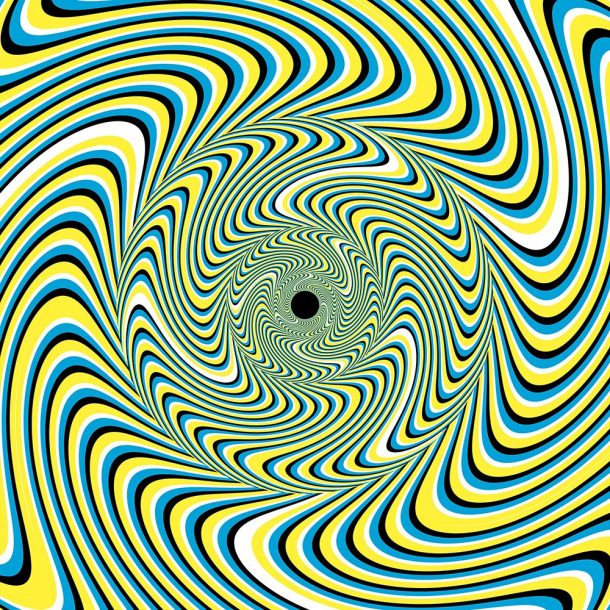Just looking at these twisty spirals is going to make your mind whirl. If you look long enough, they may begin to blur out before your eyes. This is not a GIF, and the spirals are not moving. Look at one of these at a time, and they will appear perfectly still. However, if you begin to look at the entire picture together, you will be inviting dizziness to yourself.
Optical illusions are real, and the right use of color, light, and patterns can trick your brain into visualizing things that are not even present there. What is the phenomenon then? How is the brain tricked? Akiyoshi Kitaoka, a psychologist at Ritsumeikan University in Kyoto, Japan, just dug in to find the answers to peripheral drift illusions that appear to be in motion, even though they are perfectly still.
According to neuroscientists, our brain’s adaption to color variations can be immensely affected by shapes. In this particular image, the blacks and whites will shoot up many neurons simultaneously in the first glance. The lighter blues and the yellows trigger a much slower response that lasts longer. The neurons that detect motion in the visual cortex of our brain make the timing difference appear as spinning motion even when the image is still.



